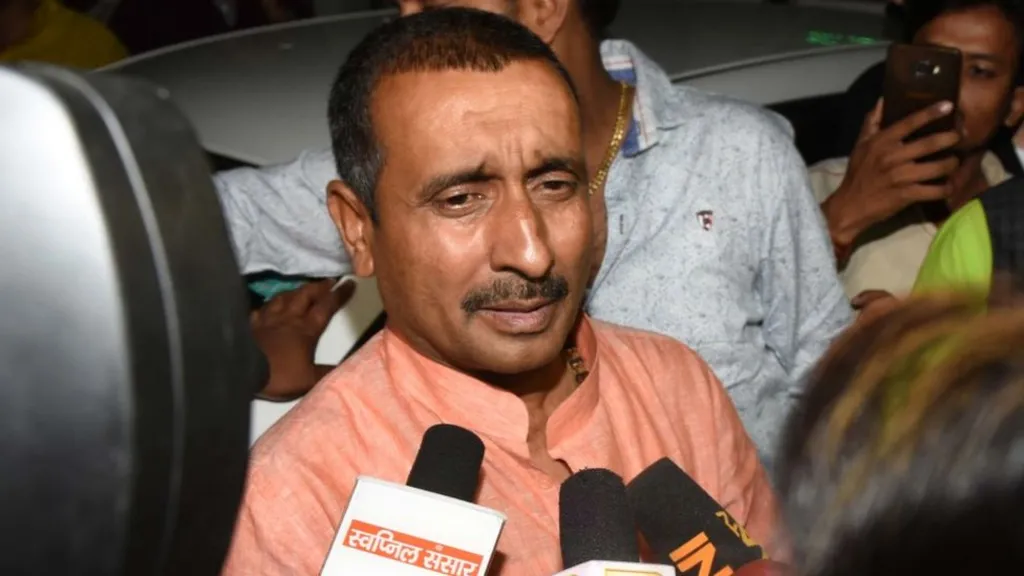The definition of a child in need of care and protection in Section 2(14) of the Juvenile Justice Act should be understood in a broad and purposeful interpretation.
Background
Re. Exploitation of Children in Orphanage in the State of Tamil Nadu v. Union of India & others AIR 2017 Supreme Court 2546
This writ petition was taken up by the Supreme Court of India on its own (Suo Moto) after a newspaper article titled “Orphanage or Places for Child Abuse” was published in the Hindi Newspaper “Hindustan” (Lucknow Edition) on 4th July, 2007. The article exposed the Sexual Abuse of children in orphanages in Mahabalipuram, Tamil Nadu. Both NGOs and Government institutions were running these orphanages. It reported that children were being sexual exploited and their services were being offered to both foreign and Indian tourists.
The Supreme Court registered this article as a Public Interest Litigation (PIL) on 10th September, 2007.
The article also mentioned that government schools had become unsafe for girl students due to rising cases of sexual abuse. One case involved an eight-year-old girl who was harassed by her Principal. The Principal was only transferred out by way of punishment. Another teacher was reported to have misbehaved with students inside a closed room, even in the presence of other students. It was also highlighted that around 53% of children in India had suffered from some form of sexual abuse.
Proceedings in this court
The court had passed several orders. It also noted that issues like child trafficking, schools being used by Central Para Military Forces and children’s right to education needed attention. The main reason for these orders was to make sure that children’s rights and their access to education and health facilities were properly enforced. Children’s rights could only be protected if the laws related to them – like the Commissions for Protection of Child Rights Act, (2005), The Right of Children to Free and Compulsory Education Act, (2009), The Protection of Children form Sexual Offences Act, (2012) and The Juvenile Justice Act, (2000) were fully followed.
The Juvenile Justice Act, 2015 had helped the States follow the Directive Principles of State Policy, especially Article 39(f) of the Constitution, by giving children a chance to grow in a healthy way with freedom and dignity. Even though the Directive Principles are important for governing of the country, they are not enforceable. However, as the court said in the Bandhua Mukti Morcha v. Union of India, once a law was made based on a directive principle, the State had a duty to follow and enforce that law to meet its constitutional responsibility.
The learned Amicus Curiae (Latin legal term meaning “friend of the court”) focused on three principle issues namely:
- Children in need of care and protection;
- Trafficked children
- Street children
Who is a child in need of care and protection?
The Protection of Children from Sexual Offences (POCSO) Act, 2012 had not given a specific definition of a “child in need of care and protection”. However, it was clear that any child who had suffered from sexual abuse, assault or harassment needed care and protection.
This term child in need of care and protection is defined in Section 2(14) of the Juvenile Justice Act, 2015. But the definition did not clearly include all vulnerable children. For example, while it mentioned orphans, abandoned children, and those found begging, it did not directly mention victims of sexual abuse.
Since the Juvenile Justice Act was made to protect and support children, the court had to interpret the law in a broad and inclusive way. Just like using a wide umbrella to make sure no child is left out in the rain. The law should have covered all children who needed help. If some categories of children were left out, the courts and authorities were expected to take necessary steps to include them and protect their rights.
In the case of Workmen v. Management of American Express International Banking Corporation, the court held that, “The rules for interpreting laws were well known. It explains that when dealing with laws meant for social welfare or human rights, the words in the law should not be limited too strictly or narrowly. The court had warned against using a purely literal meaning of the words, as that could lead to unfair or incorrect results. Instead, such laws should have been understood in a broad and fair way to support their true purpose.
Regional Director, ESI Corporation v. Francis De Costa when it was observed that “It is settled law that to prevent injustice or to promote justice and to effectuate the object and purpose of the welfare legislation, broad interpretation should be given, even if it requires a departure from literal construction.”
The definition of a “child in need of care and protection” in Section 2(14) of the Juvenile Justice Act should be understood in a broad and purposeful interpretation. It not to be treated as exhaustive but illustrative and the requirements of social justice. This view also matches Article 40 of the Convention on the Rights of the Child (CRC). It says that every child accused of a crime should be treated with respect and in a way that protects their dignity and worth.
Directions
The following directions are issued by the Hon’ble Supreme Court-
- The meaning of “child in need of care and protection” under Section 2(14) of the Juvenile Justice Act should not be interpreted as an exhaustive definition. It is just an example, Any child who truly needs the care and protection of the State should be given those benefit, even if they are not specifically mentioned in the definition.
- The Union Government and the government of the States and Union territories must ensure that the process of registration of all child care institutions is completed . The information should be available with all the concerned officials. The registration of process should be updated every month. all the database issues of confidentially and private must be kept by the concerned authorities.
- The government of the States and Union Territories should draw up plans for full and proper utilization of grants give by the Union Government under the integrated Child Protection Scheme.
- The Governments must concentrate on rehabilitation and social re-integration of children in need of care and protection.
- It must be conduct regular inspections of child care institutions and to prepare reports of such inspections so that the living conditions of children in these institutions undergo positive changes. Inspection should be conduct of the child care institutions in their jurisdiction and submit a report to the concerned government.
- Wherever the State Commission for Protection of Child Rights has not been established or though established is not fully functional in the absence of Chairperson or any one or members, it must ensure all vacancies are filled up with dedicated persons. It must be publish Annual Report by the General Auditor so that everyone is aware of their activities. So that everyone can contribute individually or collectively.
- The training of personnel as required by the juvenile Justice Act and the Model Rules is essential. There are an adequate number of academies that can take up this task including Police and Judicial academies in the States.
- It is not necessary that every child in need of care and protection must be placed in a child care institutions. Alternative such as adoption and foster care need to be seriously considered by the concerned authorities.
- The necessity of having a social audit has been felt in some statutes which have been mentioned above and also by the Comptroller and Auditor General of India. This is perhaps the best possible method by which transparency and accountability in the management and functioning of child care institutions
- While the Juvenile Justice Committee in each High Court is performing its role in ensuring the implementation of the Juvenile Justice Act and Model Rules.
- The Union of India must share these directions with the relevant Ministry or department in each state and Union Territory for implementation. They should also collect information on how these direction are followed, with the help from the National and State Commissions for the Protection of Child Rights.
Conclusion
In this case the Purposive Interpretation of Statutes was used. The Supreme Court interpreted the Juvenile Justice Act, 2015 in a liberal and purposive manner to ensure the welfare of all children who genuinely need care and protection. Instead of limiting the definition of “Child in need of care and protection” to only what is written in Section 2(14), the court treated the definition as illustrative (not exhaustive), so that all deserving children can benefit from the law.
This approach aligns with beneficial and purposive interpretation, where the focus is on the intention behind the law – in this case, protecting the rights and well-being of children.
If incase you need any legal assistance you can now try our AI Legal Advisor.



